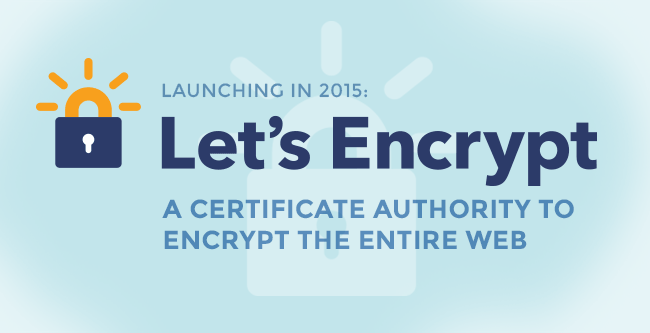Category Linux
I’ve been playing around with let’s encrypt and the official client available on github. I have to admit the client is great to automatize the process and with some tweaking can be also applied to nginx. But it’s slow and… Continue Reading →
I subscribed to the beta of let’s encrypt because I truly do think we need to have an easy way to generate and keep updated ssl certification for any usage not only e-commerce. As you can see in your browser, the… Continue Reading →
I needed a way to auto-tag my release when I’m modifying the AssemblyInfo.cs file in my C# application. I created a pre-commit, post-commit and simple version.sh file to do so: The version.sh contain which file need to be monitored. When… Continue Reading →
This website is hosted on my own dedicated server (a kimsufi) and like every server, it’s getting regularly attacked. To identify those attacks, I needed to add a layer of security to ban recurrent attempt, this layer is Fail2ban. It’s… Continue Reading →
I forked couple of year ago a wonderful game on Pebble : MiniDungeon made by Jonathan Panttaja. I really liked the game but thought it was lacking some variety in the monster and the level. I added first new monster, quite… Continue Reading →
I’m using my raspberry pi as a NAS with a samba server to provide the content through my home network. I wanted to have that content directly accessible from the rest of the world but without the traffic to be… Continue Reading →
In the last revision of transmission, I couldn’t get the user/password for the RPC of transmission work. To resolve this problem, I decided to use Nginx as reverse proxy to provide an SSL connection and also a way to secure… Continue Reading →
I just discovered lately Bittorrent Sync and found it to be an amazing way to replace dropbox or any other Cloud Storage since I’m owning a server and a raspberry pi.
Introduction I was using the Raspberry Pi as my wifi router, but I have to admit I reached it’s limit quite soon. Even with a good wifi usb dongle, I couldn’t get a stable and fast connection. I then bought… Continue Reading →
When I was overclocking my pi using an usb hard drive as rootfs, I got more than once some filesystem corruption, after googling I found a blog post of JustChecking’s explaining how to use the fsck.ext4 command.








